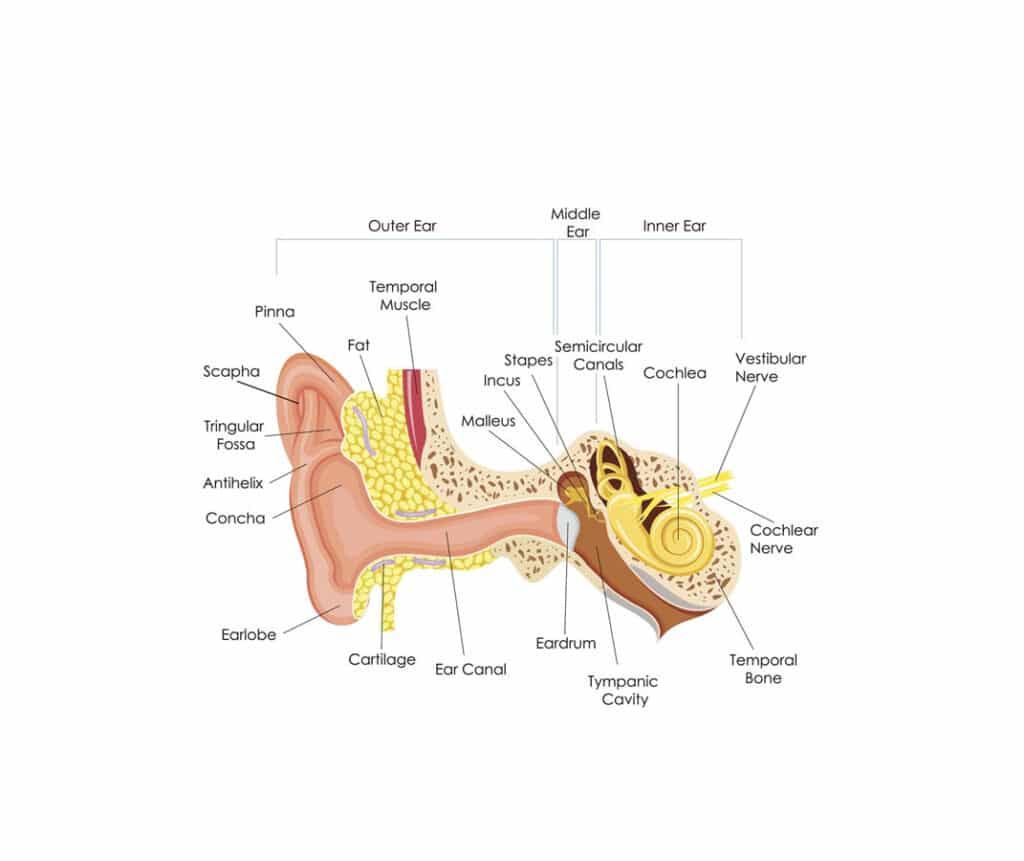Neurodiagnostic Testing

The inner ear is home to the hearing and balance centers. The receptors within the ear allows signals to be received and processed by a variety of locations within the central nervous system and the brain. Unlike imaging studies which show only the anatomy or structures, this family of tests allows your doctor to better understand how the system is working and where a problem may arise.

Human equilibrium is a complex process involving multiple sensory mechanisms and the central nervous system. The American Institute of Balance utilize a comprehensive neurodiagnostic equilibrium test protocol. The protocol comprehensively evaluates the equilibrium system, which is dependent on input from the visual, proprioceptive, and vestibular systems. The central nervous system and brain must integrate information from these sensory modalities for balance to be maintained. Dysfunction or disruption to any of these systems or pathways may result in dizziness or balance problems. A thorough neurodiagnostic examination will evaluate all aspects of equilibrium function with particular focus on the most important component, the vestibular system.
All of the tests are comfortable for patients, including children and older adults. Testing can usually be completed 90-minutes or less and do not require any needle sticks or invasive procedures. Many of these tests were originally developed to test equilibrium function of returning astronauts on the early space shuttle flights.
Depending on your condition, your physician may recommend evaluation of the hearing and/or balance centers as they are all part of the inner ear. All testing is easy, comfortable and use advanced technology.